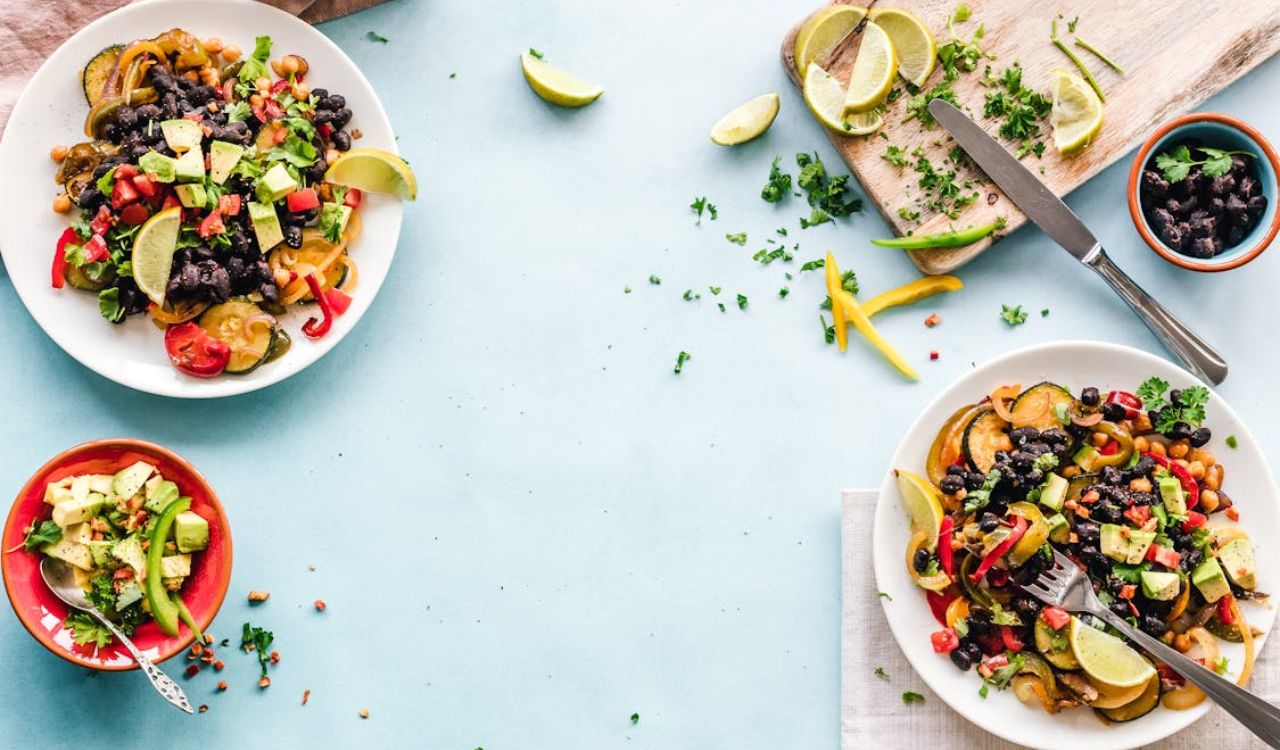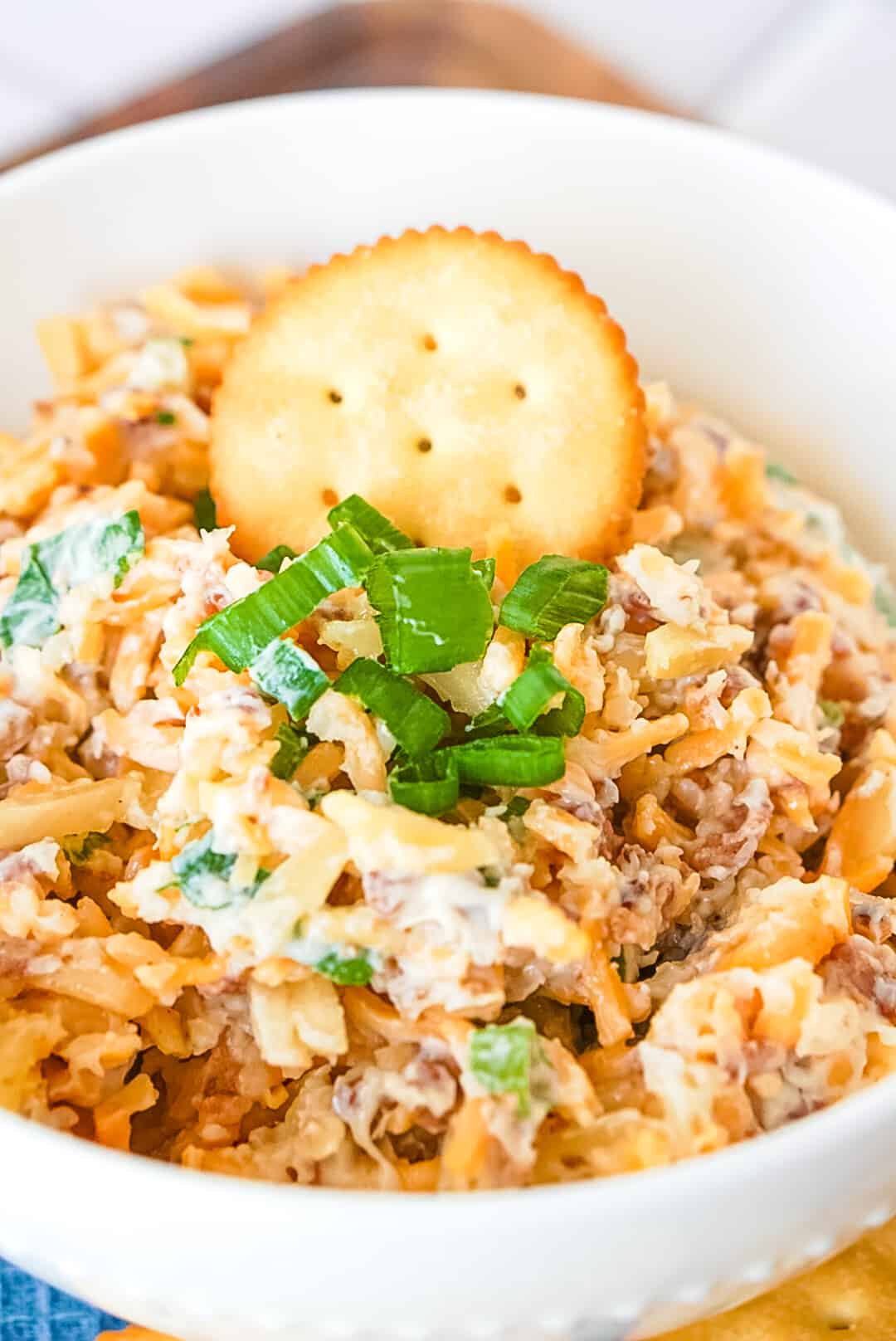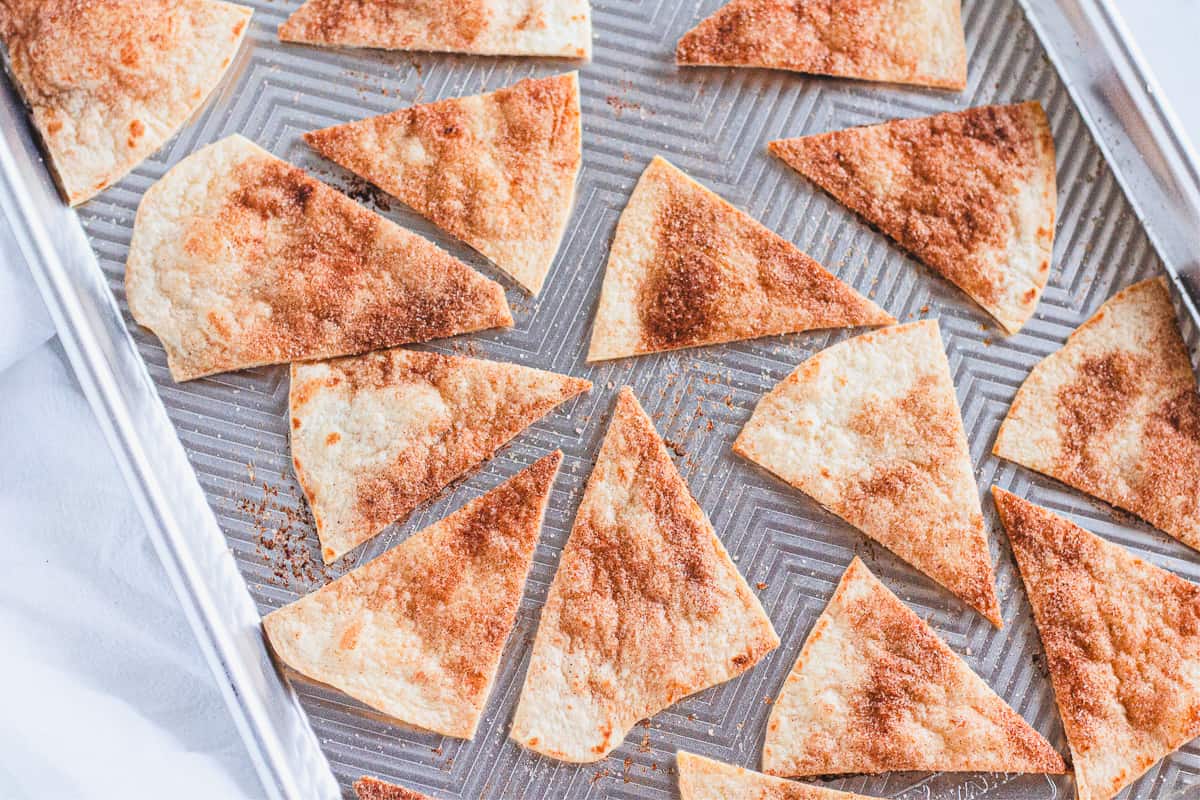10 Junk Foods That People Once Thought Were Healthy
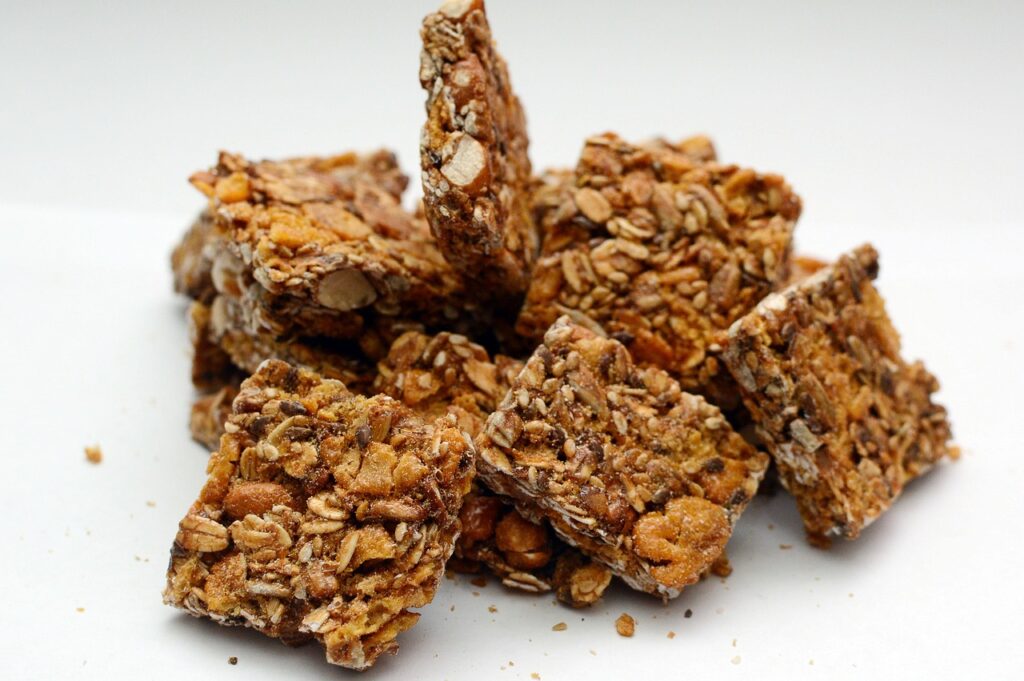
It’s surprising how many foods once carried a “healthy” label but were really junk dressed up in clever packaging. Decades of advertising promoted certain snacks, cereals, and processed products as smart options for weight loss, energy, or even kids’ nutrition. The truth usually came out later, revealing just how much sugar, salt, and empty calories they contained. These weren’t health foods at all, but they still found their way into countless homes. Looking back, they remind us how easily trends and marketing can shape eating habits. Let’s revisit ten junk foods that once wore a healthy disguise but now sit firmly in the guilty pleasure category.
1. Fat-Free Cookies
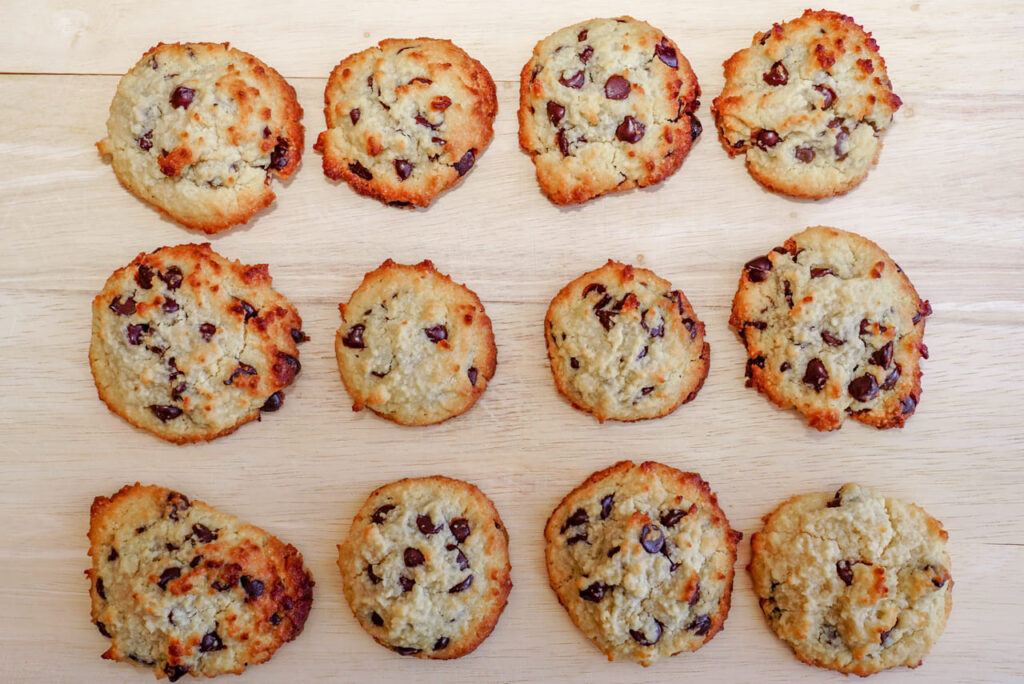
In the 1990s, fat-free cookies were marketed as a diet-friendly treat. People believed cutting out fat meant fewer calories, but the missing fat was replaced with extra sugar and refined carbs. The result was a snack that spiked blood sugar without providing real nutrition. Many dieters ate them freely, thinking they were harmless, only to find the pounds didn’t budge. The fat-free craze has faded, but these cookies remain a reminder that removing one ingredient doesn’t make food healthy.
2. Sugary Breakfast Cereals
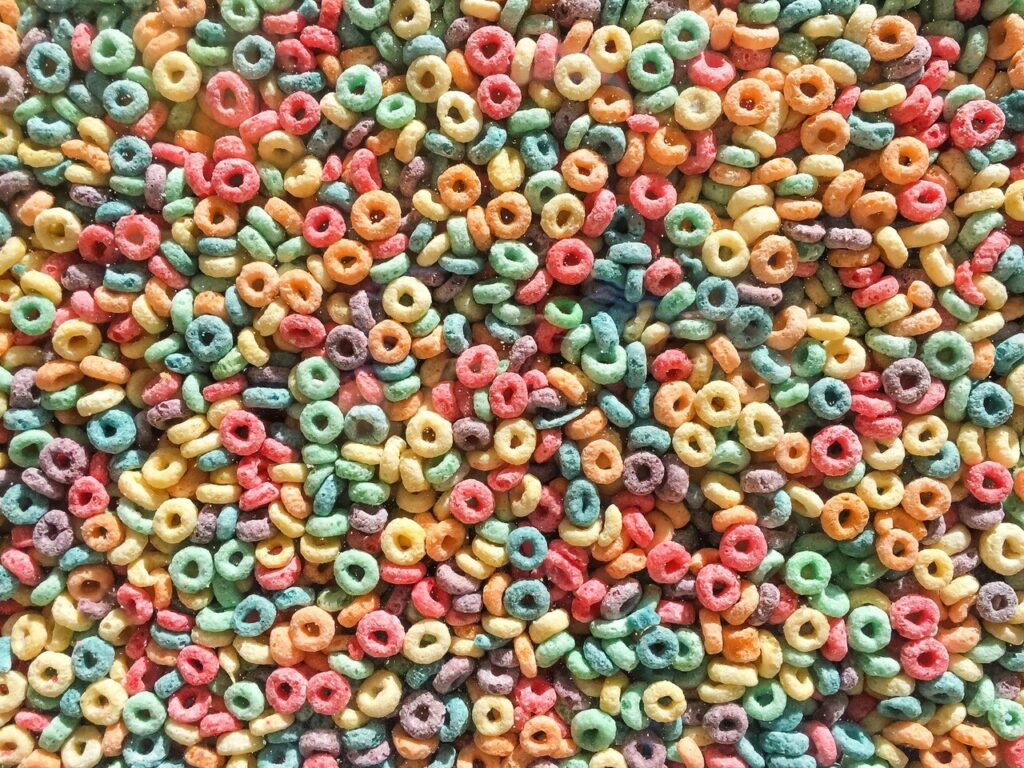
For years, sugary cereals were sold as a smart way to start the day. Bright packaging and cartoon mascots made them appealing, while labels highlighted added vitamins. In reality, many bowls contained as much sugar as a dessert, sending kids off to school on a short-lived energy rush. Parents thought they were serving something balanced, but the nutrition was mostly empty calories. While some cereals now have less sugar, many classics still sit closer to candy than a real breakfast.
3. Diet Sodas
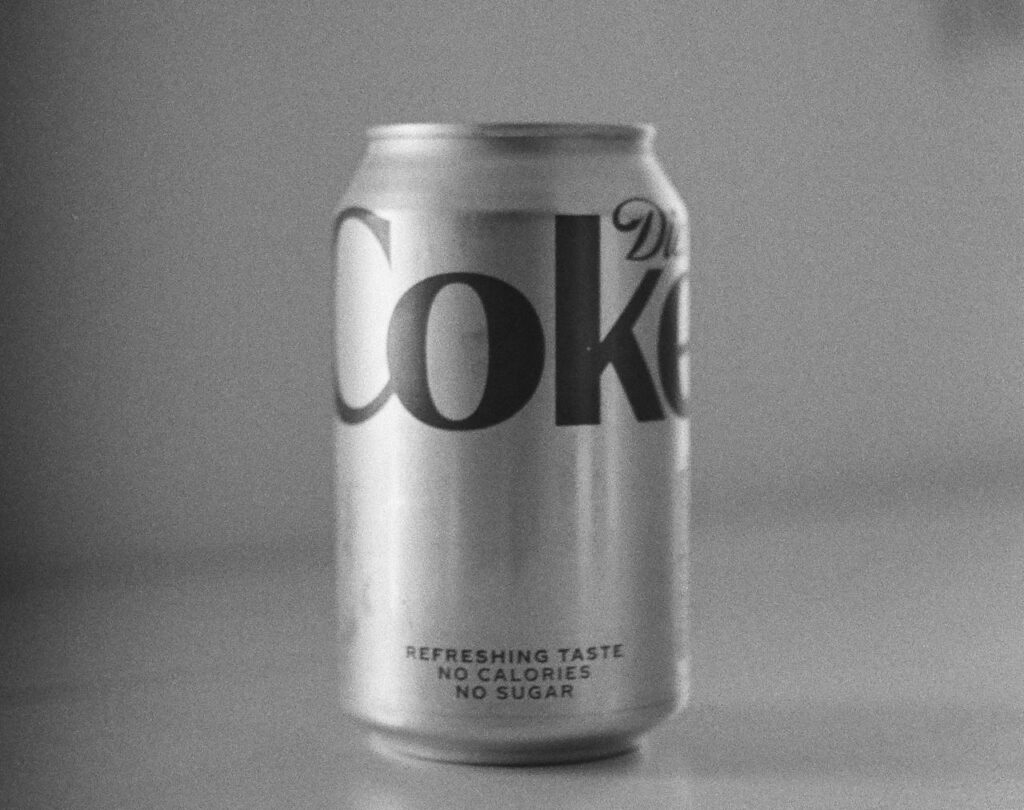
Diet sodas were once seen as a guilt-free alternative to regular soda. The promise of zero calories made them popular with people trying to cut sugar, but they came with artificial sweeteners and little nutritional value. Some studies suggested they could even fuel cravings for sweets. While they may not have the calories of regular soda, they never offered the health benefits that marketing suggested. Today, many people see diet soda more as a compromise than a healthy choice.
4. Instant Noodles
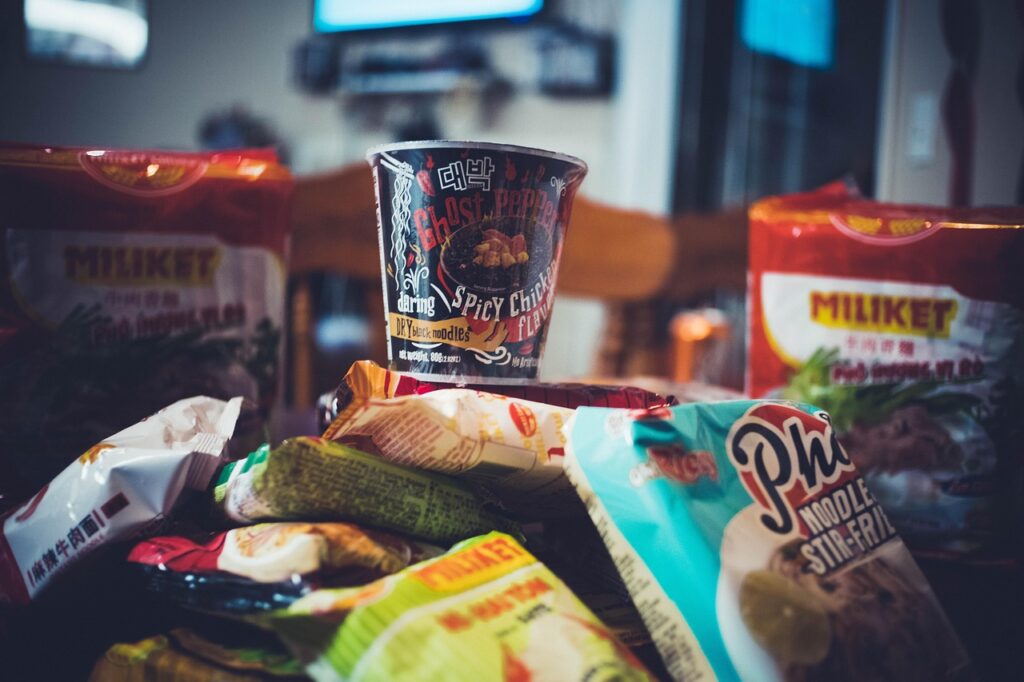
Instant noodles were marketed as a quick, easy meal, sometimes even hinted at as a lighter choice compared to heavier dishes. In reality, they’re loaded with sodium, preservatives, and refined carbs while offering very little protein or fiber. The seasoning packets especially push salt levels sky-high, making them a junk food in disguise. Though convenient and cheap, they’ve never lived up to the idea of being healthy. Still, their comfort factor keeps them popular in college dorms and late-night kitchens.
5. Canned Fruit in Syrup
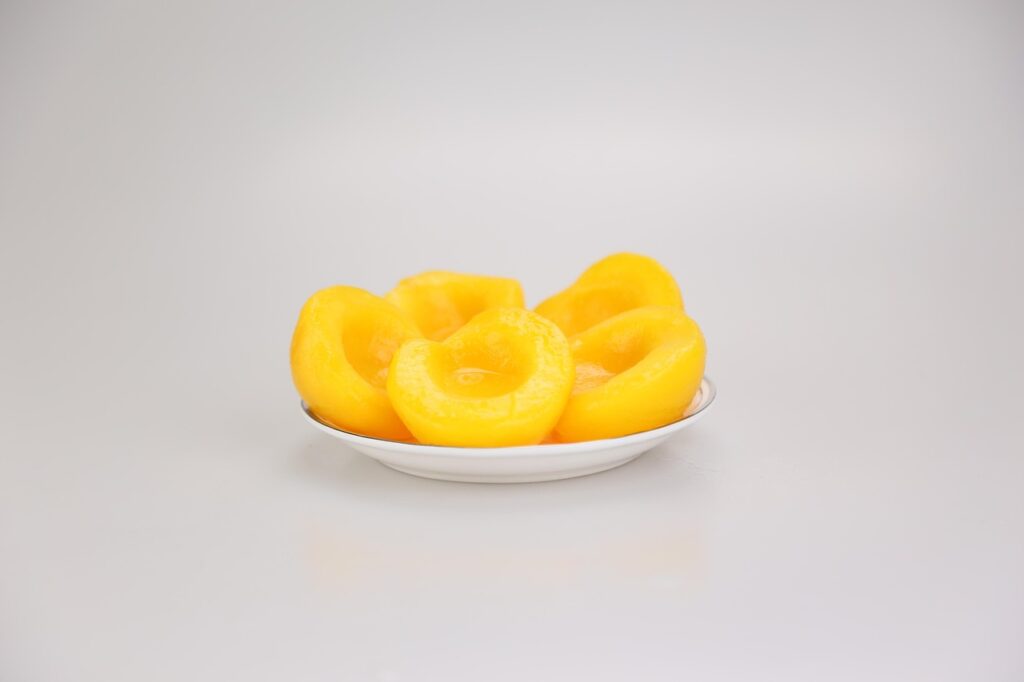
For decades, canned fruit was considered a wholesome shortcut to getting more produce into the diet. The problem was the heavy syrup most of it was packed in, which added a large dose of sugar. Instead of a light, vitamin-rich snack, you ended up with something closer to dessert. Parents served it believing it was healthy, but the syrup canceled out much of the benefit. Today, versions packed in juice or water are better options, but the old kind remains classic junk.
6. Granola Bars
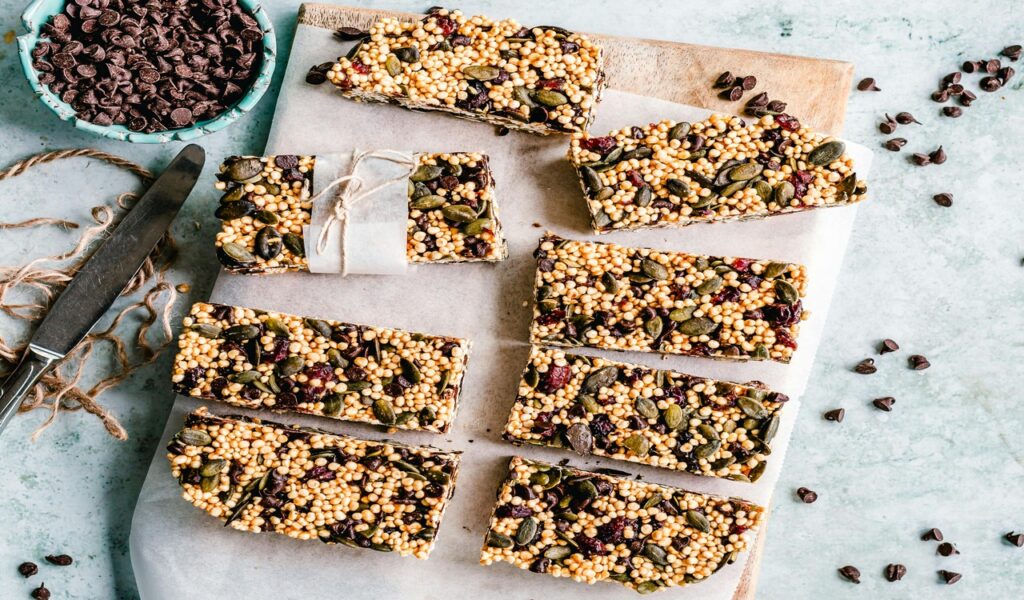
Granola bars were long thought of as a smart snack for kids, hikers, and busy adults. While oats and nuts can be healthy, many commercial bars are packed with corn syrup, chocolate, and processed oils. That turns them into candy bars with better branding. People reached for them thinking they’d provide steady energy, but the sugar rush usually faded fast. Homemade versions or bars with minimal ingredients are far better, but the original packaged kind doesn’t deserve its healthy reputation.
7. Packaged Fruit Snacks
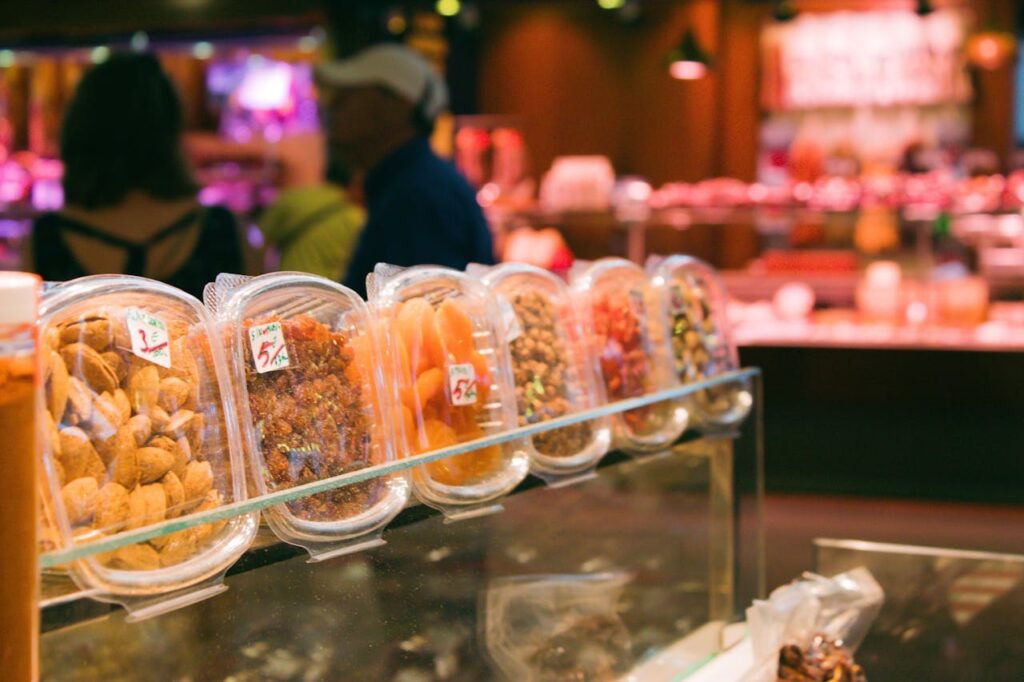
Fruit snacks convinced parents they were serving something nutritious. With names like “fruit” in bold letters and bright colors, they seemed kid-friendly and healthy. In reality, most were made with concentrated juice, gelatin, and plenty of added sugar. They stuck to teeth, offered little fiber, and acted more like candy than produce. For years, they filled lunchboxes as a so-called better option, but dentists and nutritionists eventually called them out. They remain popular, but they’re no substitute for actual fruit.
8. Flavored Yogurts
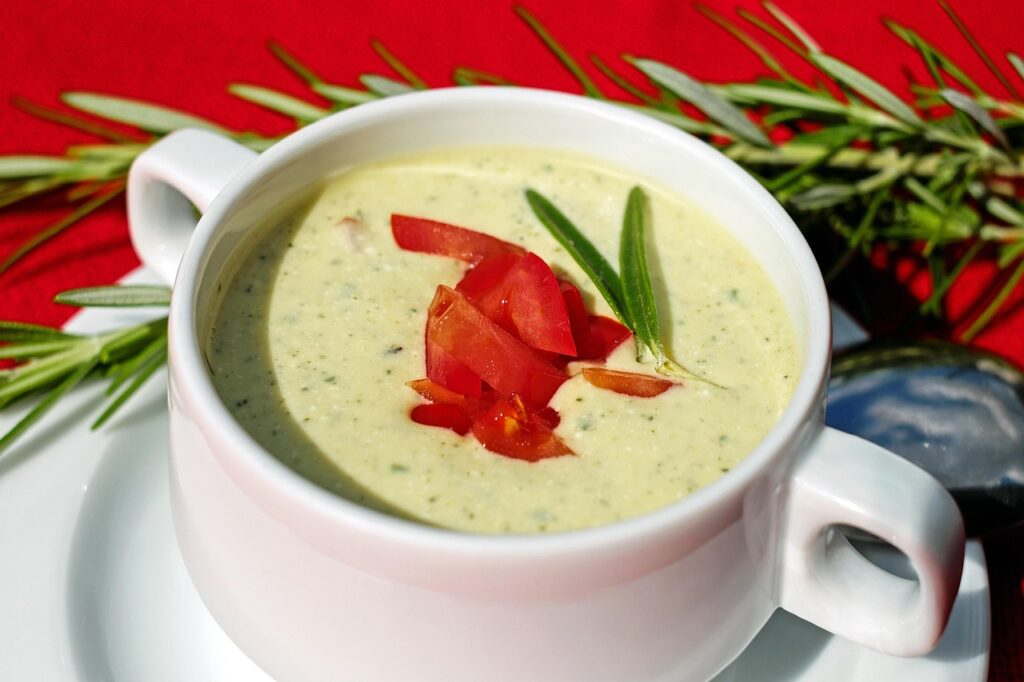
Flavored yogurts were once praised as a calcium-rich snack perfect for all ages. The problem is most contain heaps of sugar, sometimes rivaling ice cream. Fruit-on-the-bottom varieties are especially misleading, as the syrupy fruit filling is more sugar than anything else. People thought they were making a smart choice, but the sugar often outweighed the benefits of probiotics and protein. Plain yogurt with fresh fruit is healthier, but the old sugary tubs still linger in grocery aisles and fridges.
9. Trail Mix with Candy
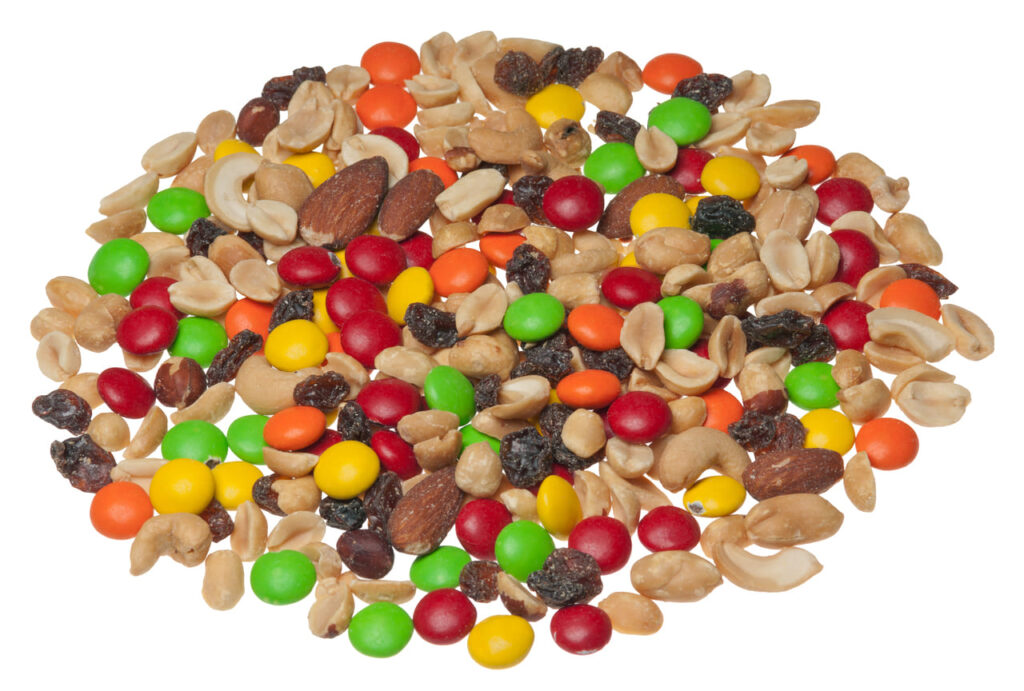
Trail mix sounds wholesome thanks to nuts and dried fruit, but the versions loaded with chocolate candies, yogurt-coated raisins, and sugary bits are more like dessert. Many people grabbed handfuls thinking they were fueling up with healthy fats and protein, only to overeat the sweet parts. While plain nuts and fruit are nutritious, most packaged mixes lean heavily toward the candy side. What was once pitched as a balanced snack often delivered more sugar and calories than expected.
10. Energy Drinks
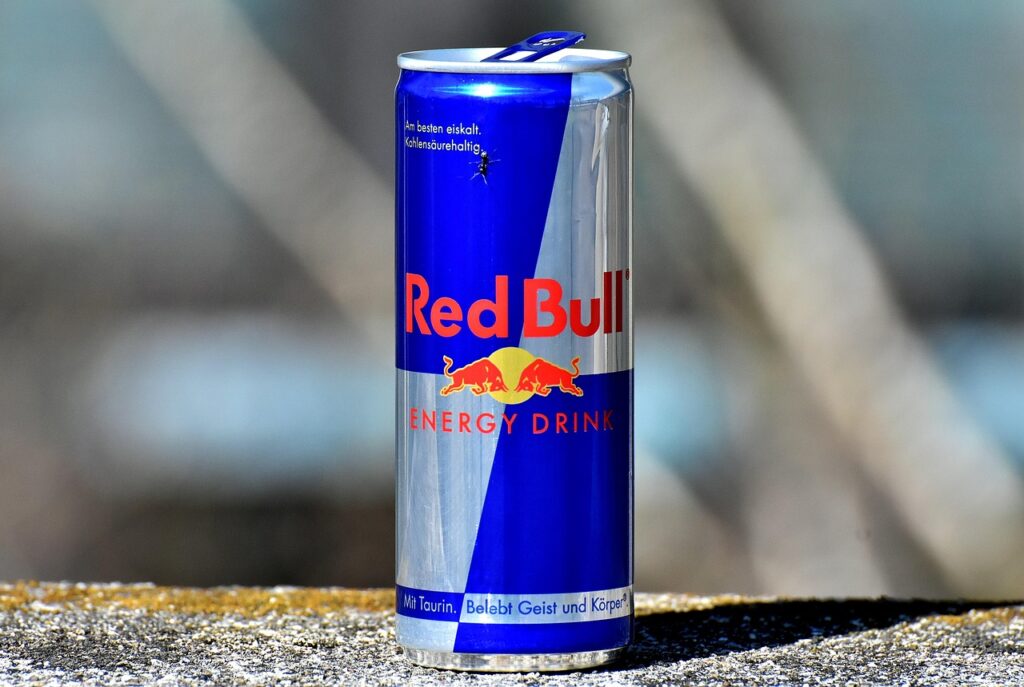
Energy drinks were marketed as performance boosters, suggesting they could improve focus and stamina. What most people overlooked was the massive sugar content and stimulants crammed inside. They were less about health and more about delivering a jolt, often followed by a crash. Kids and young adults especially believed they were a better alternative to soda, when in reality they posed health risks. While they still sell well, it’s clear now they never belonged in the “healthy” category.


